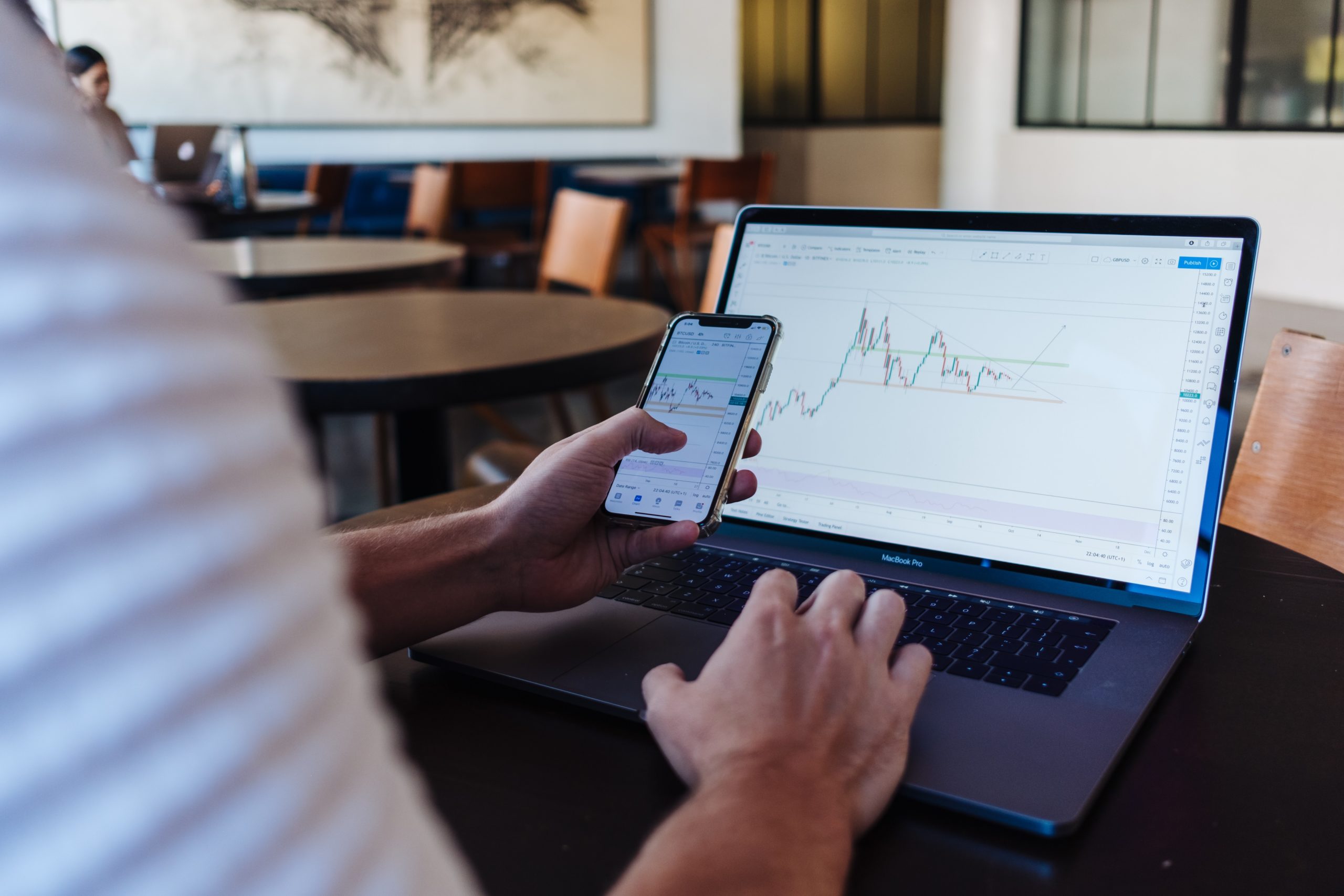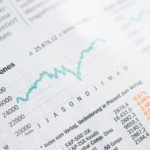Basic Stock Trading

Many investors have a rudimentary understanding of how stocks are traded, but they do not fully understand how things trade. There are many horror stories. An investor sees their stock slipping, knows it will slip further, so puts in an overnight trade only to learn later that stocks continue to fall after the local market closes. Or, an investor believes they are fixed at a certain number at the moment they call their broker and learn later that they bought stocks at a much higher cost than expected.
How a system that manages billions of shares trading in a single day, that never ends as the sun skims through the time zones, is a mystery to most.
Trade Equals Buy or Sell
In the jargon of the financial markets, a trade happens when an investor buys or sells. The request to buy goes to the ‘floor’ where the stocks are purchased. The purchaser owns nothing more than pieces of paper. They do not own a part of the company. They cannot put an ad in the paper to sell their stocks. In most cases, their stocks cannot be used as collateral against a loan, or mortgage. But, somehow, these pieces of paper represent an intangible asset that can increase in money – even if the company is not doing well.
Yes, a stock’s value is dependent on a company’s financial health, but the stock itself can be sold independently of the company’s balance sheet. For example, technically, you can walk out and pay 10x the value of a stock for it, without ever reading the company’s balance sheets.
Exchange Floor Trades
Trading on the ‘floors’ is done at the markets. The futures markets trade ‘in person’ and the trades take place on the floor of the exchanges like the New York Stock Exchange. This is the image most people have in their minds, and the one portrayed in movies and on television. The floors are basically overcrowded with hundreds of people shouting and gesturing to each other, talking on phones, watching monitors, and working at terminals.
Here is a simple scenario of an exchange floor trade:
The investor tells the broker to purchase 100 shares of AJAX. The order is sent to the floor clerk at the exchange. The floor clerk sends the order to a floor trader who goes looking for another floor trader who has 100 shares of AJAX to sell. The two agree on a price. The deal is completed. The entire process can take a few minutes. Several days later the investor receives a piece of paper in the mail confirming the trade.
Electronic Trade
NASDAQ, unlike the New York floor, is 100% electronic. The computer networks match buyers and sellers, without bothering with brokers. Both small and large investors, including those who handle pension funds and mutual funds, prefer this type of trading.
There is instant confirmation of the trades, and the trades take place in real-time – which is vital if a stock is spiraling up, or down.
Unlike what most people think, they cannot access the trading floor. Even if they work through their home PC, they are still working through a broker, or at least, a broker’s computer network.
Why Understand Trades
One of the most important aspects of understanding trade is to manage your risk. The idea that you can wait until the stock reaches a certain point and then sell is unrealistic. Even if a buyer does have a broker, there may be 32 different clients wanting to buy or sell a certain stock. This means that an individual’s order can happen several minutes, to an hour or more after the sale is placed. This can have a direct effect on the profit or losses endured by an individual investor.











